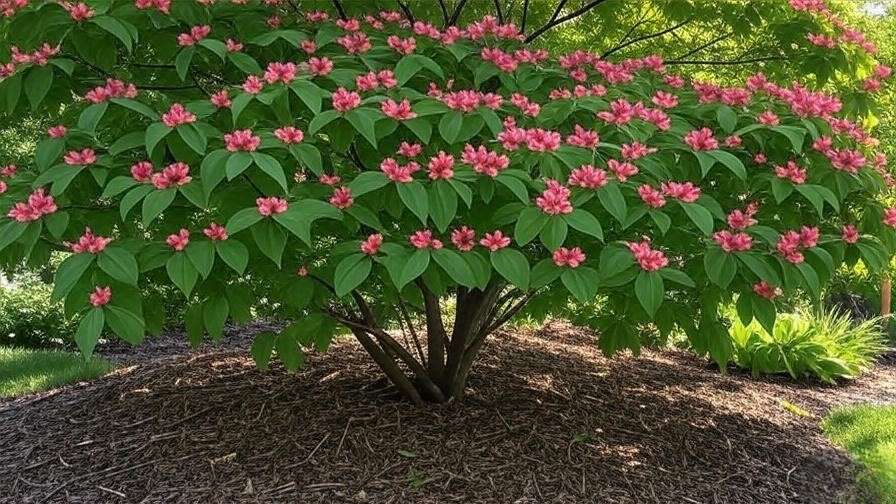Imagine a tree that bursts into a symphony of pinkish-red blooms each spring, transforms into a lush green centerpiece in summer, and paints your garden with fiery foliage in fall. Meet the Legend Dogwood Tree (Cornus florida ‘Legend’), a compact, disease-resistant cultivar that’s stealing the hearts of gardeners everywhere. Whether you’re a seasoned horticulturist or a beginner looking to elevate your landscape, this guide unlocks the secrets to growing a thriving Legend Dogwood. From planting tips to seasonal care and pest management, we’ll cover everything you need to ensure vibrant blooms and robust health. Let’s dive into the world of this blooming marvel! 🌼
1. Understanding the Legend Dogwood Tree: A Blooming Marvel 🌿
1.1 What Makes the Legend Dogwood Special? ✨
The Legend Dogwood, a cultivar of Cornus florida, is a standout in the dogwood family. Known for its compact size (15–20 feet tall and wide), it’s perfect for small gardens or urban spaces. Its signature pinkish-red bracts (the petal-like structures surrounding the true flowers) create a stunning spring display, while its glossy green leaves turn brilliant red in autumn. Unlike some dogwoods, the Legend boasts enhanced resistance to diseases like anthracnose, making it a low-maintenance choice. Developed through careful breeding, this cultivar combines beauty and resilience, earning praise from horticulturists for its adaptability.
1.2 Benefits of Growing a Legend Dogwood 🌼
Why choose a Legend Dogwood? Beyond its breathtaking aesthetics, it offers practical benefits:
- Visual Appeal: Showy spring blooms and vibrant fall colors make it a year-round focal point.
- Wildlife Support: Its flowers attract pollinators like bees and butterflies 🐝, while its berries feed birds in late summer.
- Versatility: Ideal for borders, standalone specimens, or even large containers for patio gardens.
- Low Maintenance: Its disease resistance reduces the need for constant care, perfect for busy gardeners.
Expert Insight: “The Legend Dogwood is a game-changer for small-space gardeners,” says Dr. Emily Carter, a horticulturist at the University of Georgia. “Its compact form and disease resistance make it a reliable choice for stunning landscapes.”
2. Planting Your Legend Dogwood: Setting the Stage for Success 🌱
2.1 Choosing the Perfect Location 📍
The key to a thriving Legend Dogwood lies in its planting site. This tree prefers partial shade—4–6 hours of sunlight daily—with protection from harsh afternoon rays. Well-drained, acidic soil (pH 5.5–6.5) is essential for healthy roots. Test your soil using a home pH kit, available at garden centers, to ensure compatibility. For urban gardeners, consider planting near a building or fence to shield the tree from wind. If space is tight, a large container (at least 18 inches wide) works well, provided drainage is excellent.

2.2 When and How to Plant 🕒
- Timing: Plant in early spring or fall to allow roots to establish before extreme weather. Spring planting gives the tree a full growing season, while fall planting leverages cooler temperatures.
- Step-by-Step Planting:
- Dig a hole twice as wide and as deep as the root ball.
- Amend soil with organic matter like compost or peat moss to improve drainage and acidity.
- Place the tree so the root collar sits slightly above ground level.
- Backfill with soil, tamp gently, and water thoroughly.
- Apply a 2–3 inch layer of mulch (e.g., pine bark) to retain moisture, keeping it away from the trunk.
- Mistakes to Avoid: Overwatering, planting too deep, or choosing a site with poor drainage can stunt growth or invite root rot.
Pro Tip: Use a soil moisture meter to monitor hydration during the first year, ensuring the soil stays moist but not soggy 💧.
3. Essential Care Tips for a Thriving Legend Dogwood 🌳
3.1 Watering Needs: Striking the Right Balance 💦
Proper watering is critical, especially during the first two years. Water deeply once or twice a week, providing 1–2 inches of water, depending on rainfall. In summer, increase frequency during heatwaves, but avoid shallow daily watering, which promotes weak roots. Look for signs of trouble:
- Overwatering: Yellowing leaves, soggy soil, or fungal growth.
- Underwatering: Wilting leaves, dry soil, or leaf scorch.
Adjust based on season: reduce watering in fall and winter when the tree is dormant. A soaker hose or drip irrigation system can simplify the process.
3.2 Fertilizing for Vibrant Blooms 🌸
Fertilize sparingly to avoid stressing the tree. Use a low-nitrogen, slow-release fertilizer (e.g., 10-10-10 or 12-4-8) in early spring before blooming. Apply according to package instructions, typically 1/4 pound per inch of trunk diameter, spread evenly around the drip line. Organic options like compost tea or fish emulsion are excellent for eco-conscious gardeners. Avoid fertilizing late in the season, as it can stimulate new growth vulnerable to frost.
3.3 Pruning and Shaping for Health and Beauty ✂️
Prune in late winter or early spring before buds form to maintain shape and encourage blooms. Focus on:
- Removing dead, damaged, or crossing branches.
- Thinning the canopy to improve airflow and reduce disease risk.
- Shaping for aesthetics, keeping the tree’s natural form intact.
Use clean, sharp tools and sanitize with rubbing alcohol between cuts to prevent disease spread. For young trees, minimal pruning is best—just remove suckers or low branches to establish a strong structure.
Example: In the final article, include before-and-after photos showing a Legend Dogwood pruned for optimal health and beauty.
4. Seasonal Care Guide: Year-Round Maintenance 📅
4.1 Spring: Boosting Blooms and Growth 🌷
Spring is showtime for the Legend Dogwood! Support its blooming phase by:
- Mulching: Apply a 2–3 inch layer of organic mulch (e.g., wood chips or pine straw) to retain moisture and regulate soil temperature.
- Pest Patrol: Inspect leaves and stems for early signs of pests or disease (details in Section 5).
- Companion Planting: Pair with pollinator-friendly plants like lavender, salvia, or bee balm to enhance your garden’s ecosystem.
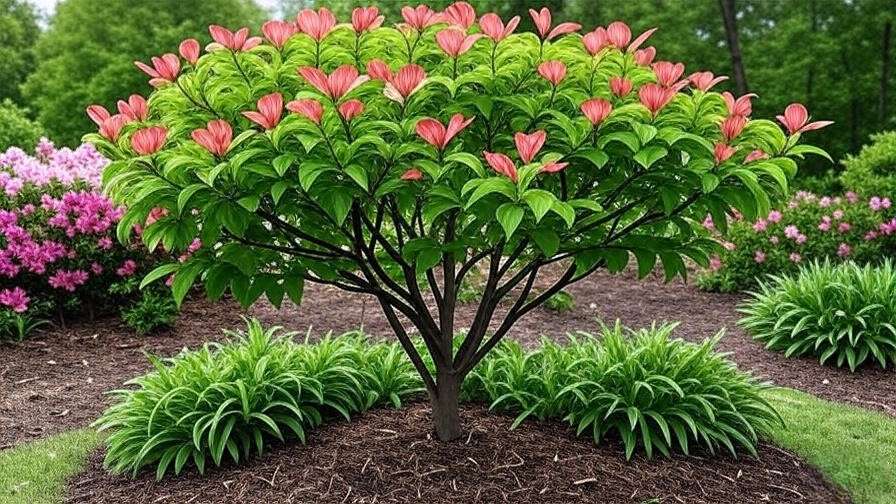
4.2 Summer: Protecting from Heat and Drought ☀️
Summer heat can stress young Legend Dogwoods. Protect them by:
- Shading: Use shade cloth for trees under 3 years old during intense heatwaves.
- Watering Adjustments: Increase watering to combat drought, ensuring soil stays consistently moist.
- Mulch Maintenance: Replenish mulch to reduce evaporation and keep roots cool.
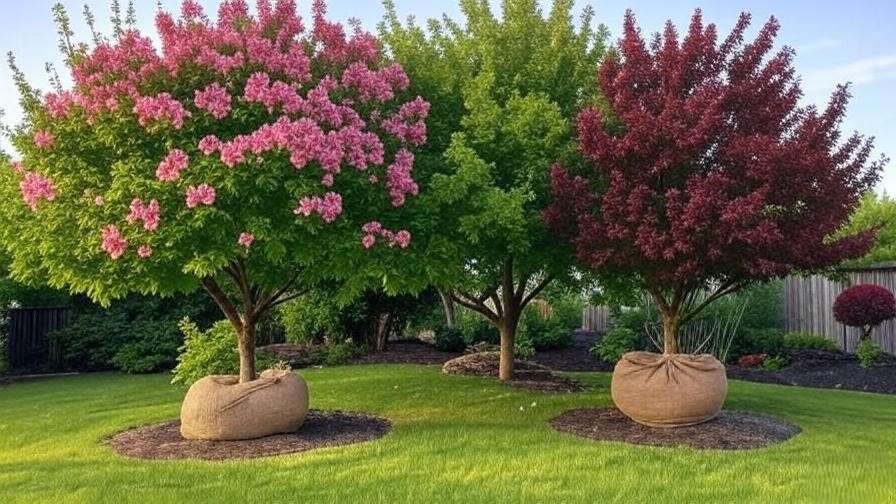
4.3 Fall: Preparing for Dormancy 🍂
As the Legend Dogwood’s leaves turn a fiery red, prepare it for winter dormancy:
- Leaf Cleanup: Rake fallen leaves promptly to prevent fungal diseases like anthracnose from overwintering in debris.
- Soil Check: Test soil pH and amend with sulfur or lime if needed to maintain the ideal 5.5–6.5 range.
- Mulch Refresh: Add a fresh 2–3 inch layer of mulch around the base, extending to the drip line, to insulate roots against cold snaps. Keep mulch 2 inches from the trunk to avoid rot.
4.4 Winter: Safeguarding Your Tree ❄️
Winter care focuses on protection:
- Frost Protection: Wrap young trees (under 3 years old) with burlap or tree wrap to shield against frost and windburn.
- Avoid Salt Damage: If planted near roads or walkways, protect the tree from de-icing salts, which can harm roots.
- Minimal Maintenance: Water sparingly during dry winter spells, as dormant trees need little hydration.
Expert Insight: Certified arborist John Matthews recommends, “A simple winter checklist—mulch, wrap, and monitor—can make all the difference for a young Legend Dogwood’s spring recovery.”
5. Common Problems and Solutions: Keeping Your Legend Dogwood Healthy 🩺
5.1 Pests to Watch For 🐞
While the Legend Dogwood is disease-resistant, it’s not immune to pests. Common culprits include:
- Dogwood Borers: Small moths whose larvae tunnel into bark. Look for sawdust-like frass at the base. Control with neem oil or introduce beneficial insects like parasitic wasps.
- Scale Insects: Tiny, immobile pests that suck sap, causing leaf yellowing. Apply horticultural oil in early spring to smother them.
- Aphids: Small sap-suckers that distort leaves. Use insecticidal soap or a strong water spray to dislodge them.
Prevention Tip: Maintain tree vigor through proper watering and fertilization to deter pests naturally. Regular inspections in spring and summer catch issues early.
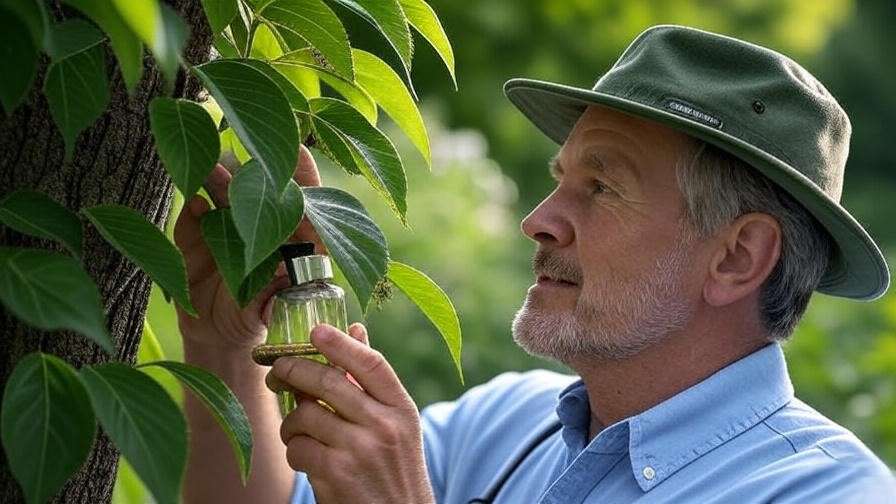
5.2 Diseases and How to Prevent Them 🦠
The Legend Dogwood’s disease resistance is a major asset, but vigilance is key:
- Anthracnose: A fungal disease causing leaf spots and dieback. Ensure good airflow through pruning and avoid overhead watering. Fungicides may be used as a last resort.
- Powdery Mildew: White, powdery coating on leaves. Improve air circulation and apply organic sulfur-based sprays if needed.
- Root Rot: Caused by waterlogged soil. Ensure proper drainage during planting and avoid overwatering.
Pro Tip: Sanitize tools and remove infected debris to stop disease spread. For persistent issues, consult your local extension service for region-specific advice.
5.3 Environmental Stressors 🌬️
Environmental factors can challenge your Legend Dogwood:
- Wind Damage: Stake young trees during windy seasons to prevent root disturbance.
- Poor Drainage: If water pools around the base, improve drainage with raised beds or French drains.
- Extreme Temperatures: Mulch and shade cloth mitigate heat stress, while burlap wraps protect against freezing.
Case Study: Jane, a Virginia gardener, revived her struggling Legend Dogwood by correcting overwatering and adding a drainage layer of gravel. Within a year, her tree produced vibrant blooms, proving the power of targeted care.
6. Enhancing Your Garden with the Legend Dogwood: Design Ideas 🌺
6.1 Companion Planting for a Stunning Landscape 🌼
Elevate your garden’s beauty by pairing the Legend Dogwood with complementary plants:
- Azaleas: Their spring blooms in pinks and purples harmonize with the Legend’s bracts.
- Hostas: Lush foliage provides a green backdrop for the tree’s vibrant colors.
- Ferns: Low-maintenance and shade-tolerant, they enhance the understory.
For pollinator-friendly gardens, add native plants like bee balm or coneflowers to attract bees and butterflies 🦋. Design for seasonal interest: spring blooms, summer greenery, and fall color contrasts.
6.2 Using Legend Dogwood in Small Spaces 🏡
The Legend Dogwood’s compact size makes it ideal for small gardens or urban settings:
- Container Gardening: Use a large (18–24 inch) pot with drainage holes. Choose a lightweight, acidic potting mix and water consistently.
- Ground Covers: Pair with low-growing plants like creeping thyme or periwinkle for a polished look.
- Pruning for Space: Trim lower branches to create a tidy, tree-like form that fits patios or balconies.
Tip: In the final article, include a downloadable garden design template to help readers plan their Legend Dogwood layout! 📐
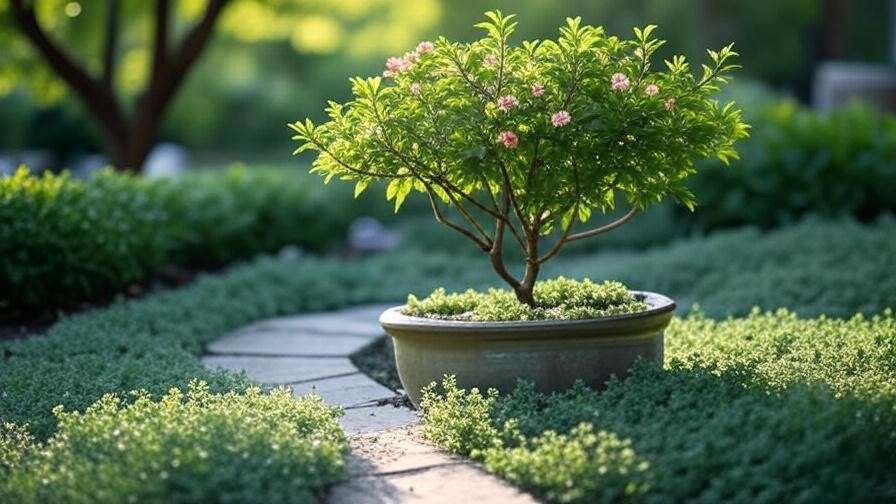
7. FAQs: Answering Your Burning Questions About the Legend Dogwood ❓
- How fast does the Legend Dogwood grow? About 1–2 feet per year under optimal conditions, reaching maturity in 7–10 years.
- Can it thrive in full sun or full shade? Partial shade is best; full sun risks leaf scorch, while full shade reduces blooms.
- What’s the best way to propagate a Legend Dogwood? Softwood cuttings in early summer or layering work well, though propagation is slow.
- How do I know if my tree is healthy? Look for vibrant leaves, strong growth, and abundant blooms. Yellowing or sparse foliage may signal stress.
- Are Legend Dogwoods deer-resistant? Moderately; deer may nibble young trees, so use netting or repellents if needed.
Answers are based on research from university extension services and practical gardening experience.
8. Conclusion: Your Path to a Thriving Legend Dogwood 🌟
The Legend Dogwood Tree is more than a garden addition—it’s a statement of beauty and resilience. By choosing the right location, providing consistent care, and addressing pests or diseases proactively, you can enjoy its vibrant blooms and stunning foliage for years. Start with proper planting, follow our seasonal care guide, and use our design tips to create a showstopping landscape. Ready to grow your own? Share your Legend Dogwood journey with #LegendDogwoodCare for a chance to be featured on our site! Explore our related articles on dogwood varieties or native plant gardening for more inspiration. 🌳

